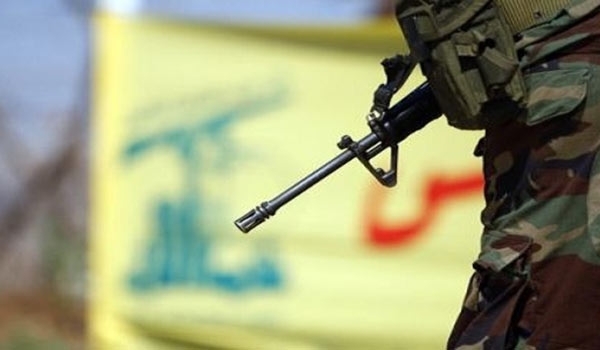Hezbollah: the Unseen Vanguard of Resistance

Moments after Hezbollah captured the strategic mountain-top at Tal Al-Moussa, a National Defense Forces (NDF) soldier rushed to congratulate the resistance fighters on their victory; however, much to his dismay, the Lebanese Resistance group had already left the site.
“Where did they go? How do they just vanish like ghosts?”
Once nightfall descends upon the vast Qalamoun Mountains in western Syria, Hezbollah disappears; unbeknownst to many of the Syrian Conflict’s observers, this is one of those inexplicable truths that bewilders most journalists, as they endeavor to comprehend these “ghosts” from Lebanon’s beautiful landscapes.
Hezbollah is not an ordinary paramilitary group; their inner-circle is more secretive and complex than the American Mafia – no one knows who their field commanders are and no one knows their movements.
Who is Hezbollah?
The term “Hezbollah” is translated to “Party of God” in English – their banners and mantras are predicated on their devout belief in Islam; this is one of the reasons why they are known as “Al-Muqawama Al-Islamiya” (Islamic Resistance) in Arabic.
For Hezbollah’s soldiers, the thought of martyrdom is not something they fear; it is something they welcome as part of their duty to Allah and Islam – to die in battle is a prelude to their ultimate reward in Jannah (Heaven).
Similar to the Druze of the Levant, Hezbollah is not open to the public. Those select few that fight for Hezbollah belong to a fraternity of men that derive from Lebanon’s Shi’i population (predominately the Nabatiyeh, Beqa’a, and Beirut Governorates).
While, Hezbollah is not the only Shi’i organization in Lebanon (e.g. Harakat Amal), they do possess much of this religious sect’s support inside the country. Some people may even argue that Hezbollah is the most powerful force in Lebanon; it is not a far fetched assumption to make.
Hezbollah’s most notable member and face of the organization, Sayyid Hassan Nasrallah (“Abu Hadi”), ascended to the position of General-Secretary after the death of Sayyid ‘Abbas Al-Mousawi at the hands of the Mossad (Israeli intelligence). Sayyid Nasrallah is a gregarious leader that often corresponds with the public and delivers impactful speeches that provide the only attainable information regarding Hezbollah’s movements.
Present-Day Hezbollah:
The war in Syria has forced Hezbollah to become more transparent, due to longevity of this conflict. However, despite the duration of this war, Hezbollah still remains unseen and relatively unknown. They have captured most of the Qalamoun Mountains without boasting many pictures or videos of their success.
In fact, most of the media images that are presented to the public from the Qalamoun Mountains belong to the NDF and the Syrian Arab Army’s 1st Armored Division; however, just one problem, Hezbollah did most of the fighting on the border of Lebanon.
Not surprising, when Hezbollah liberated the historical village of Ma’aloula, Hezbollah did most of the fighting. Once the battle was won, a Hezbollah soldier rang the church bell and saluted the statue of the Virgin Mary. As the media and civilians from neighboring towns rushed to Ma’aloula after the battle, Hezbollah was nowhere to be found.
Perhaps, this is what makes them a special organization; their dedication and perseverance for victory usurps their desire for notoriety and individual glory. These men possess a great zeal for every cause they are a part of; this is evident in their commitment to discipline and victory.
Source: almasdarnews







